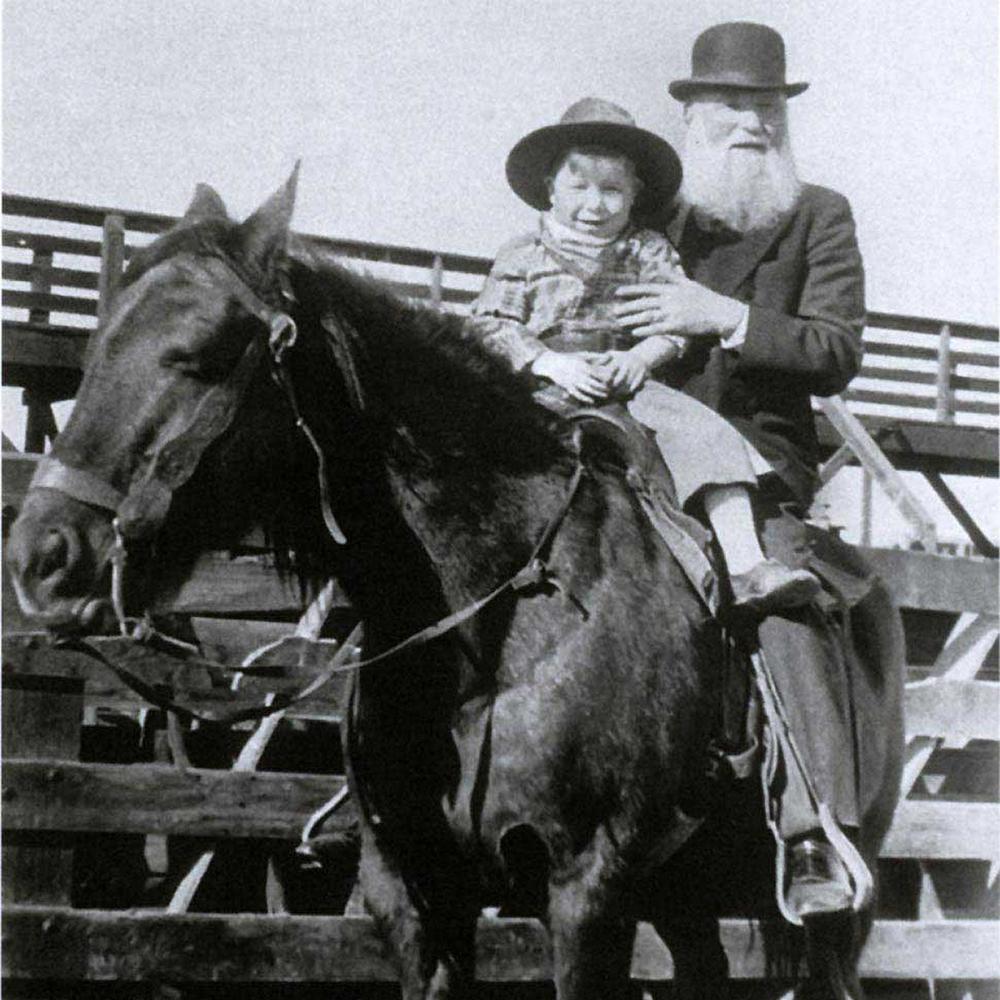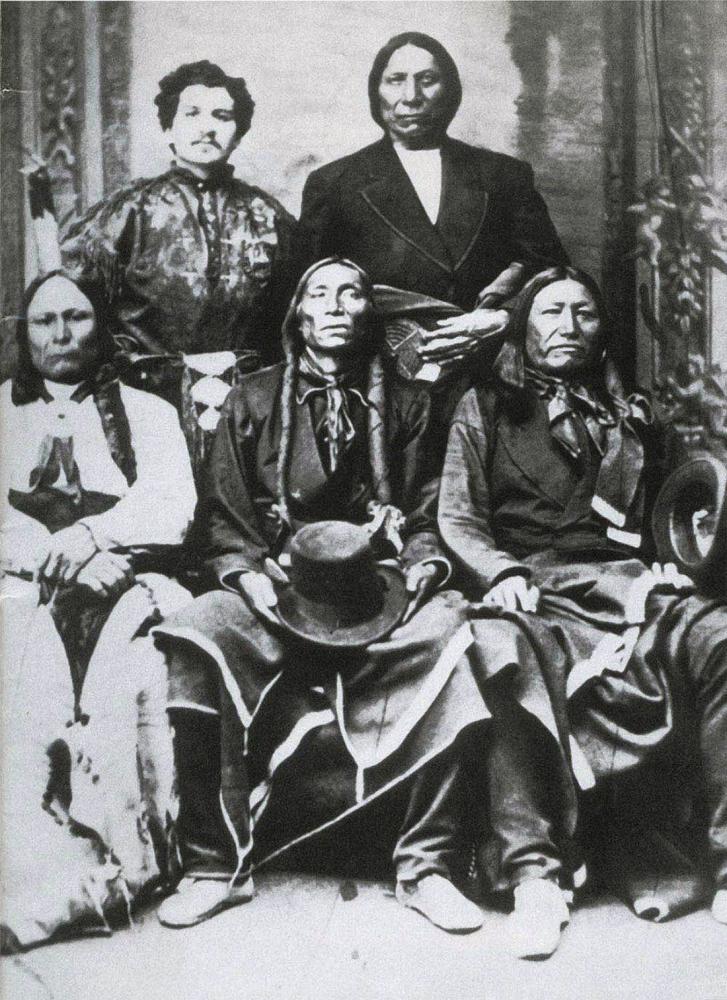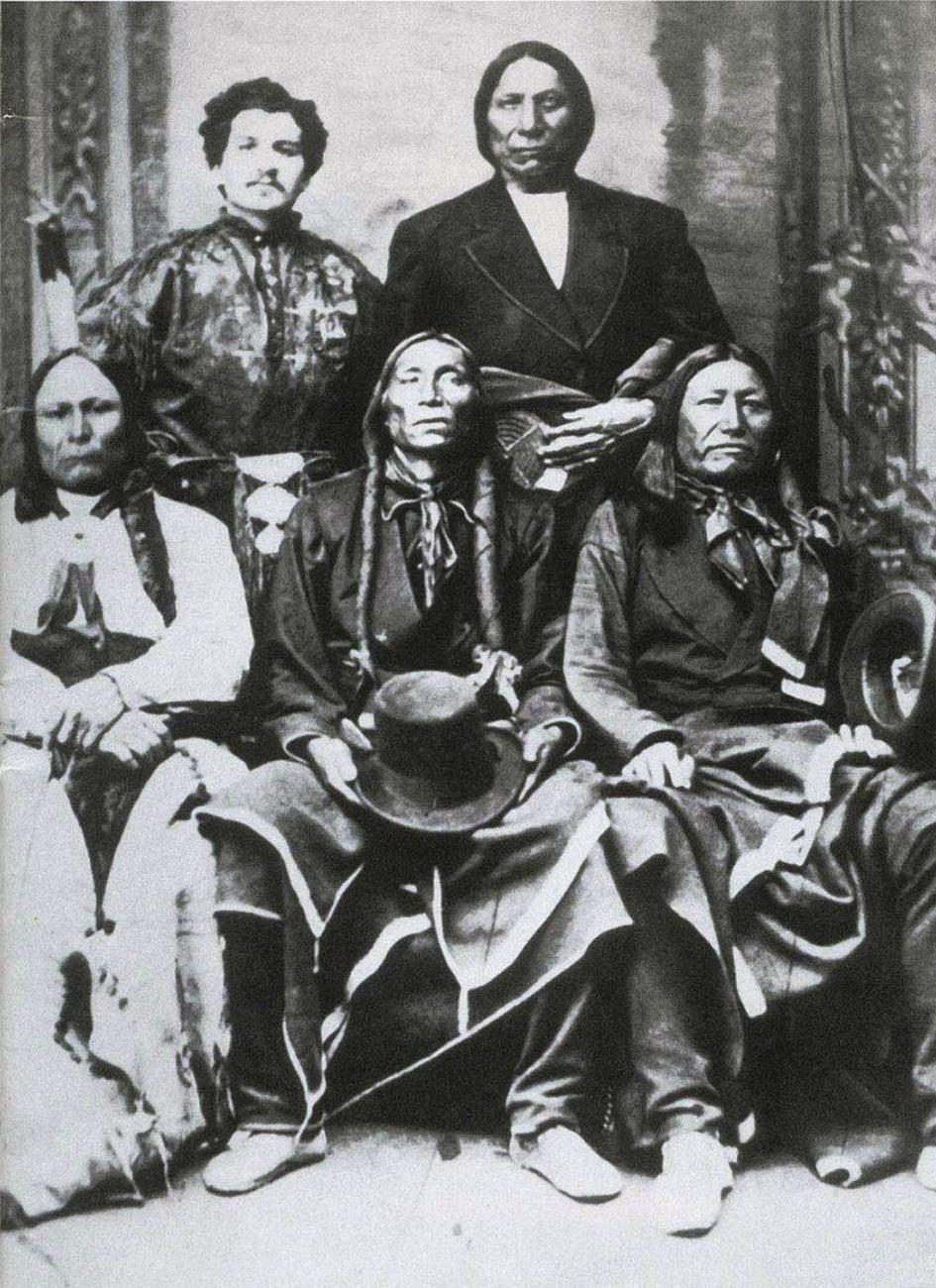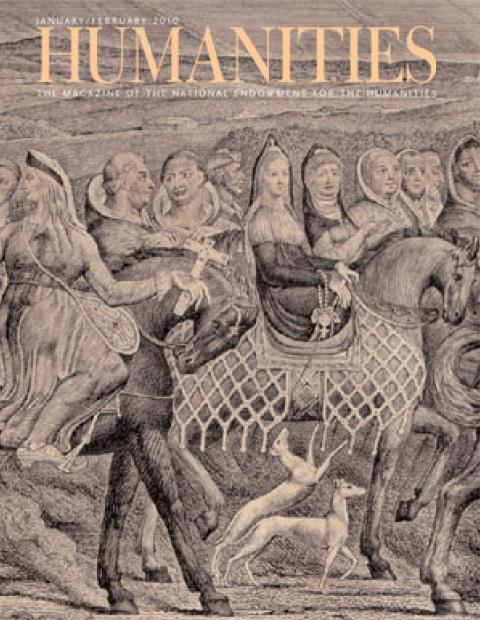A lesser-known fact about the O.K. Corral was that the town had a Jewish mayor. Wyatt Earp’s common-law wife was also Jewish, and so were the first non-Indian chief of the Acoma tribe, a surgeon who stormed the Alamo, as well as merchants, miners, gunfighters, cattle punchers, doctors, and lawmen.
“So successful were the Jewish pioneers that by 1900, there wasn’t a single settlement west of the Mississippi of any significance which had not had a Jewish mayor,” says historian Kenneth Libo. “This includes Deadwood, Dodge City, and Tombstone.”
Between 1840 and 1880, the European Jewish population in America increased from 15,000 to around 250,000. Most migrated for familiar reasons—to escape religious persecution, political upheaval, and poverty. “What is clear, even at this early stage, is the complex nature of the collective Jewish experience in America,” writes Libo in his 1985 book We Lived There Too, coauthored with the late Irving Howe. “For already there are those who stay east and those who go west, those who come with special privileges and those who suffer discrimination, those who care about the faith of their fathers and those who do not, those who remain uprooted and those who transplant themselves.” Jewish settlers encountered little prejudice in the West, according to Libo. “They were looked upon as fellow settlers.”
During this same time, the United States increased its size by a third with the annexation of Texas in 1845, the ratification of the Oregon Treaty, the seizure of tribal lands, and the acquisition of California, Nevada, Utah, and parts of Arizona, Colorado, and New Mexico, as spoils from the Mexican-American War.
With expansion came opportunities. Boomtowns appeared as word spread of copper in Montana and Arizona, silver in New Mexico, and gold in California. Just like their Gentile counterparts, Jewish men and women were lured into hostile landscapes, traveling west by buckboard, stagecoach, horseback, and prairie schooner through Indian country to new settlements in the Black Hills of South Dakota, the deserts of the Southwest, and the gold fields of California with the hope of striking it rich, or at the very least, the possibility of a new life for themselves and their families.
But it was the Jewish merchant, not the fly-by-night prospector, who played a major role in the development of the West, turning dusty little cow towns into urban centers. “Jews literally brought civilization to countless cities and towns in America west of the Mississippi by establishing ‘the department store’ in every town of any consequence,” says Libo. “Their numbers may have been small, but their influence was substantial.”
When news of gold in California made it east, young Loeb Strauss left New York and headed for San Francisco. Trained as a tailor, his plan was to manufacture tents and wagon covers for the forty-niners. Unable to find a market for his idea, he turned to selling clothing, underwear, umbrellas, handkerchiefs and fabric to small stores springing up all over California and the West. He opened a factory in San Francisco and manufactured denim work clothes branded with his new name, Levi Strauss, “specifically adapted for the use of farmers, mechanics, miners, and working men in general.”
San Francisco had grown from a sleepy village to a city with more than thirty-five thousand inhabitants and 117 dry goods stores—many owned by Jews from the East. “By 1870, San Francisco had a higher percentage of Jews living in the city than New York,” says Libo.
Another frontier merchant, Solomon Bibo, and his brothers headed straight for New Mexico after arriving in New York from Poland. “The Bibo brothers settled on being wagon drivers as they had been in the old country, transporting merchandise from Fort Whipple in the middle of the territory to an Acoma Indian settlement on the top of a mesa,” says Libo. Procuring government contracts, the Bibos supplied food and provisions to Fort Wingate and Fort Defiance, and traded livestock and farming equipment with tribes in the territory. “It was here that Solomon ingratiated himself to such an extent with the chief of the tribe that he ended up marrying the chief’s granddaughter, becoming the first non-Indian governor of a North American Indian tribe,” says Libo. But “when his older son was of bar mitzah age, Solomon moved his family to San Francisco where they could live among Jews.”
Libo presents “Westward Oy! Pioneer Jews in America,” a Speakers Bureau program, at the Schenectady Jewish Community Center on Jan. 10.




